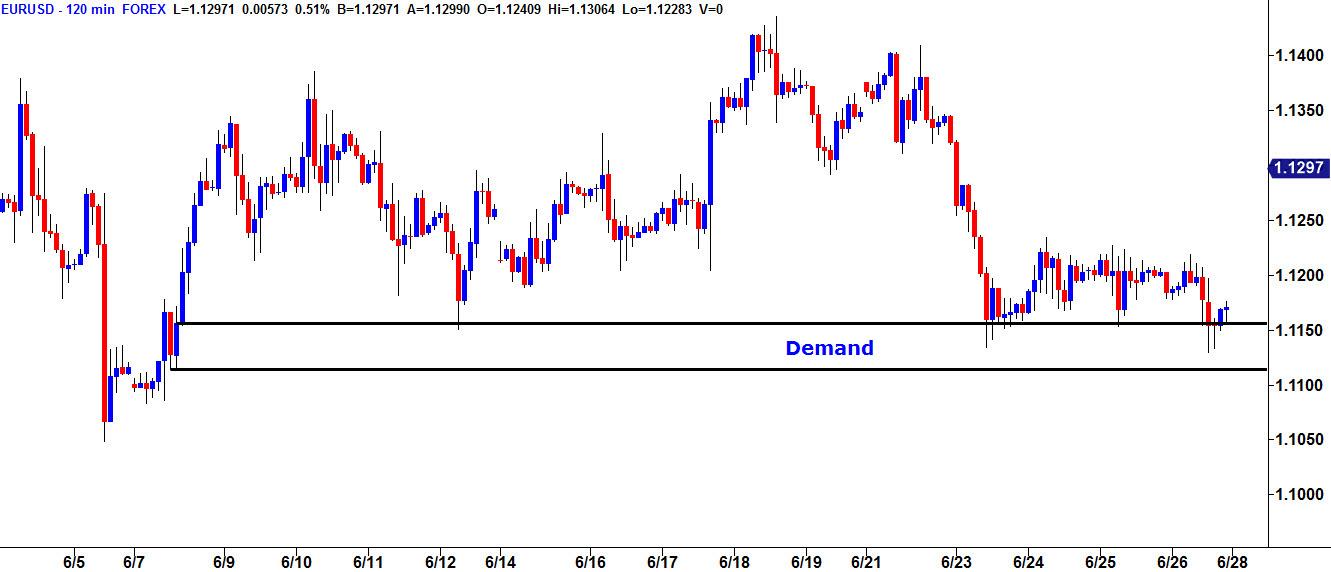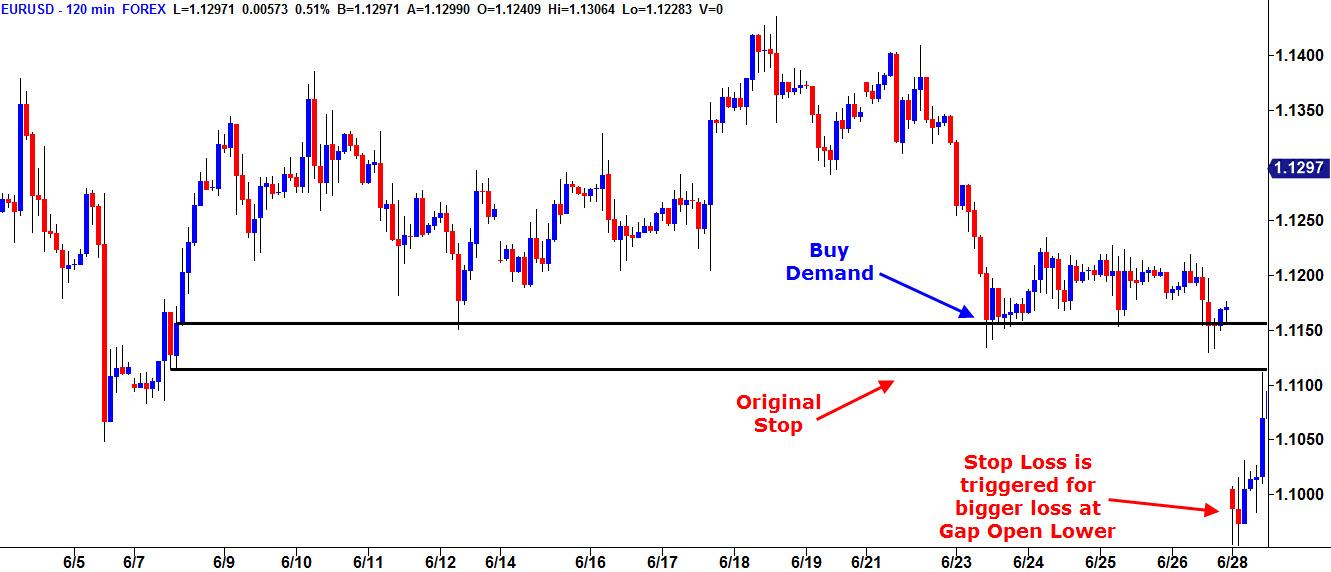![]()
Two weeks ago we looked at the varying aspects of how to handle risk like a professional in our Forex trading. This week I would like to continue the theme of risk management further by looking into some of the less talked about aspects of controlling our risk in market speculation. Of course, maintaining a consistent reward to risk ration of at least 3:1 provides us with a solid foundation to work from, but there are other factors which must be taken into account when looking for low risk, high probability trading as well.
Rule number one in any kind of trading should ensure that your risk per trade is always less than your targeted reward. However, where many struggling traders falter is in actually finding these ideal setups. This is often due to the fact that many simply don’t know what they are looking for in an ideal trading opportunity. Even if you do know what an ideal setup looks like, you still need to be disciplined enough to actually wait for the opportunity to present itself and that requires patience. Here at Online Trading Academy, we teach our students to effectively utilize our rules-based core strategy, allowing them to think and trade with the mindset of a bank or major institution by understanding what a true picture of supply or demand looks like on a price chart.
When the concept of supply and demand is fully implemented, then it is down to the trader to follow the rules and allow the market to do its thing. However, finding and trading your levels is just one part of it. As I stated at the start of this article, risk management must always come first, above all else that must be taken into account before placing you trade:
Duration
Duration of your trades means how long you are in a position. Now don’t get me wrong, I would never suggest closing a trade early because I don’t like the way it is going or because I got nervous that I would not hit my profit target. However, there are certain times when it does not make sense to hold a position longer than a specified period. Take Sunday Gaps for example. In the shot below, we can see a decent buy at demand on the EURUSD:
The level matches our requirements for buying the pair and, so, we could take the trade with a stop loss order just below the zone around 1.1100 to protect us if the trade fails to work. I would always leave my trade alone from this point to either hit target or stop out. However, there is one exception to the rule of “set it and forget it” and that applies when we are going into the weekend. If the trade has not hit target or stop loss by the time the end of trading week comes around on a Friday, I will close my trade out at whatever price it is. The reason is simple; I don’t want to get caught on the wrong side of a Gap when the market re-opens on the coming Sunday. This could happen after all:
On the Sunday open, the EURUSD gapped down lower, opening around 150 lower than where it closed on the Friday. If I had left this trade open over the weekend with my original stop loss order around 1.1100, I would have actually taken a loss on the open. I would not have been filled at 1.1100 however. I would have actually been filled at 1.1000, enduring more than 100 pips of extra unplanned loss on the trade!
While gaps create great opportunity for trade profits, they can also create huge opportunities for trading losses as well. Our task as traders is to be fully aware of all potential outcomes when we are exposed to the market and, while duration of our FX trades is rarely something that we have to worry about, this does not mean that we simply ignore it either. Even the very best levels of Supply and Demand need to have the weekend gaps factored in to be safe and make sure that if our stop loss orders are hit, they are hit at the price we originally intend for them. In two weeks, join me for the third and final piece of this article where we will explore trading frequency and screening.
Note: All information on this page is subject to change. The use of this website constitutes acceptance of our user agreement. Please read our privacy policy and legal disclaimer. Opinions expressed at FXstreet.com are those of the individual authors and do not necessarily represent the opinion of FXstreet.com or its management. Risk Disclosure: Trading foreign exchange on margin carries a high level of risk, and may not be suitable for all investors. The high degree of leverage can work against you as well as for you. Before deciding to invest in foreign exchange you should carefully consider your investment objectives, level of experience, and risk appetite. The possibility exists that you could sustain a loss of some or all of your initial investment and therefore you should not invest money that you cannot afford to lose. You should be aware of all the risks associated with foreign exchange trading, and seek advice from an independent financial advisor if you have any doubts.
Editors’ Picks
EUR/USD edges lower toward 1.0700 post-US PCE

EUR/USD stays under modest bearish pressure but manages to hold above 1.0700 in the American session on Friday. The US Dollar (USD) gathers strength against its rivals after the stronger-than-forecast PCE inflation data, not allowing the pair to gain traction.
GBP/USD retreats to 1.2500 on renewed USD strength

GBP/USD lost its traction and turned negative on the day near 1.2500. Following the stronger-than-expected PCE inflation readings from the US, the USD stays resilient and makes it difficult for the pair to gather recovery momentum.
Gold struggles to hold above $2,350 following US inflation

Gold turned south and declined toward $2,340, erasing a large portion of its daily gains, as the USD benefited from PCE inflation data. The benchmark 10-year US yield, however, stays in negative territory and helps XAU/USD limit its losses.
Bitcoin Weekly Forecast: BTC’s next breakout could propel it to $80,000 Premium

Bitcoin’s recent price consolidation could be nearing its end as technical indicators and on-chain metrics suggest a potential upward breakout. However, this move would not be straightforward and could punish impatient investors.
Week ahead – Hawkish risk as Fed and NFP on tap, Eurozone data eyed too

Fed meets on Wednesday as US inflation stays elevated. Will Friday’s jobs report bring relief or more angst for the markets? Eurozone flash GDP and CPI numbers in focus for the Euro.
RECOMMENDED LESSONS
Making money in forex is easy if you know how the bankers trade!
Discover how to make money in forex is easy if you know how the bankers trade!
5 Forex News Events You Need To Know
In the fast moving world of currency markets, it is extremely important for new traders to know the list of important forex news...
Top 10 Chart Patterns Every Trader Should Know
Chart patterns are one of the most effective trading tools for a trader. They are pure price-action, and form on the basis of underlying buying and...
7 Ways to Avoid Forex Scams
The forex industry is recently seeing more and more scams. Here are 7 ways to avoid losing your money in such scams: Forex scams are becoming frequent. Michael Greenberg reports on luxurious expenses, including a submarine bought from the money taken from forex traders. Here’s another report of a forex fraud. So, how can we avoid falling in such forex scams?
What Are the 10 Fatal Mistakes Traders Make
Trading is exciting. Trading is hard. Trading is extremely hard. Some say that it takes more than 10,000 hours to master. Others believe that trading is the way to quick riches. They might be both wrong. What is important to know that no matter how experienced you are, mistakes will be part of the trading process.


